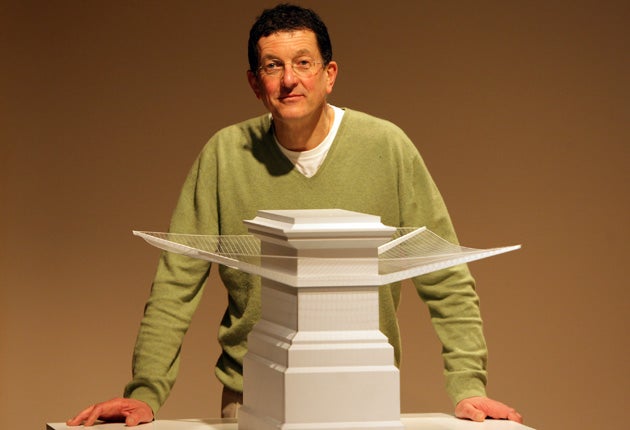Antony Gormley: The site is a real challenge to artists

To use an archaic device of elevation (both of value and physical height) for the display of contemporary sculpture in the context of a collectively occupied and politically charged square at the centre of London is a wonderfully risky business, but one well worth the biscuit.
On it over the last 11 years we have seen the pomp of the plinth itself made void (Whiteread's invented translucent upended copy of the plinth on the plinth), the lessons of history unlearnt (Woodrow's bronze head, book and tree with its tentacle like roots clasping the stone), the testing of the religious icon in a secular time (Wallinger's fibreglass Ecce Homo), the celebration of current disability as beauty in a site of classical idealisation (Quinn's Lapper), the questioning of assumptions of the architectural model as a model for utopia (Schuttes Model for a Hotel) and now the history of multi-culturism re-appraised (Shonabare's HMS victory rigged with sails of African cloth).
What all the projects on the plinth have underlined is an examination of the social responsibility of sculpture. At a time when hopefully we are shedding the divisions of class, and the art of the statue is underused, if not in decline, what can art in the collective spaces of our cities contribute and how should I use this small 14x5 foot space in central London in a way that could celebrate as well as examine attitudes to art and life?
The answer emerged as One & Other: the idea of a constant stream of living people occupying the plinth who would have the freedom to do what they choose for an allotted time. As it turned out an hour for each person for 100 days, 24 hours a day, making 2,400 individuals. For me the possibility of using the space of art as a test site for our hopes and fears, a place of communication and participation necessitated making the opportunity to join the project nationwide.
The response from the public was overwhelming (35,000 applications and 7.5 million hits on the website) but the logistics were horrendous. Fulfilling all of the stringent health and safety rules and broadcasting conditions was testing (this included a "scenario planning" session involving the police and emergency services where extreme possibilities including "death on the plinth" were explored) but we persisted and the net, the security guards and the portacabins became a statement of our current obsessions.
Would I do it again? Never. I do not think it necessary. It profoundly challenged my own notions of sculpture in the expanded field and I hope it engaged others in many different ways. Long may the plinth last as a test site for the social and aesthetic responsibilities of contemporary sculpture!

Join our commenting forum
Join thought-provoking conversations, follow other Independent readers and see their replies